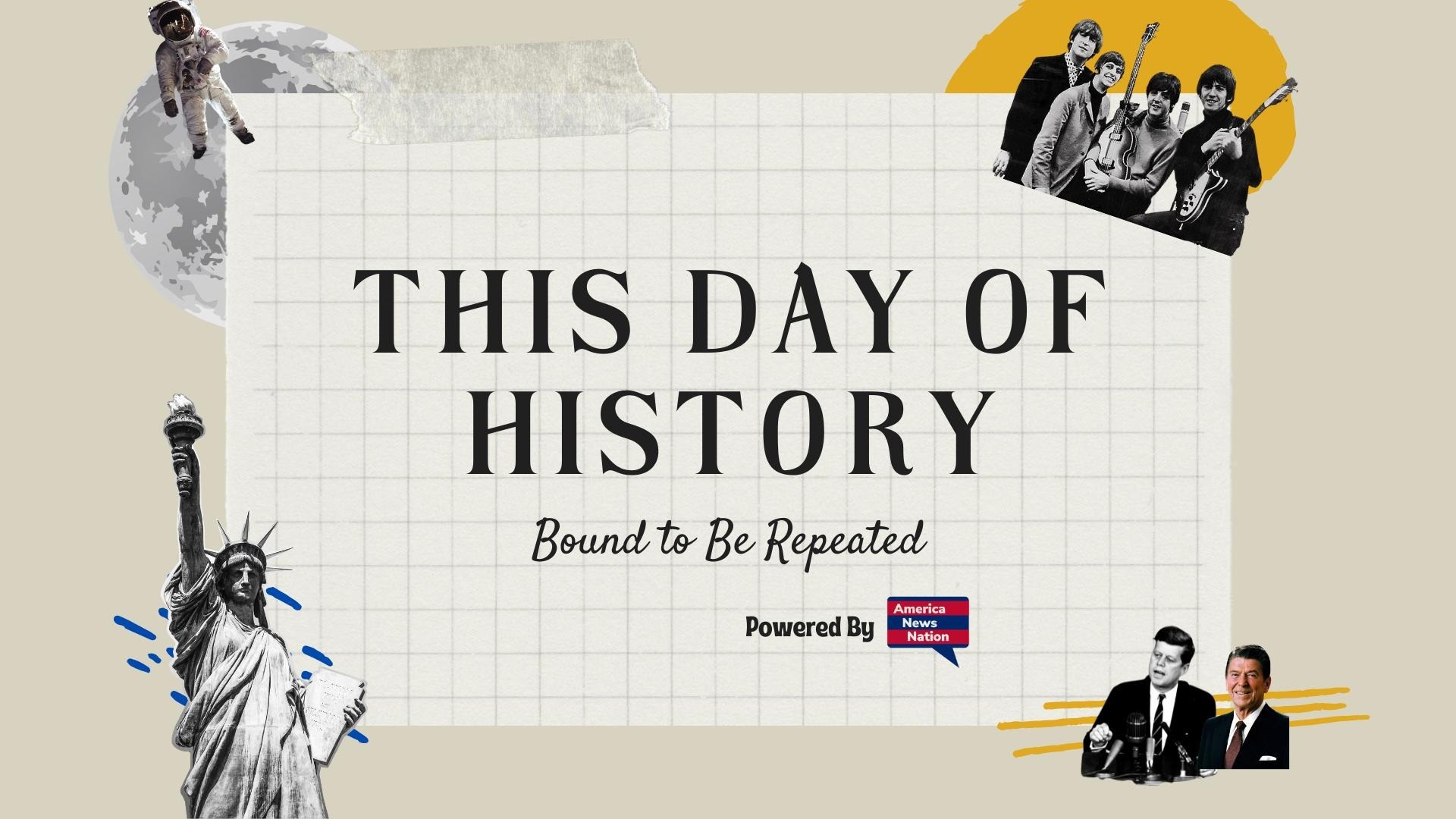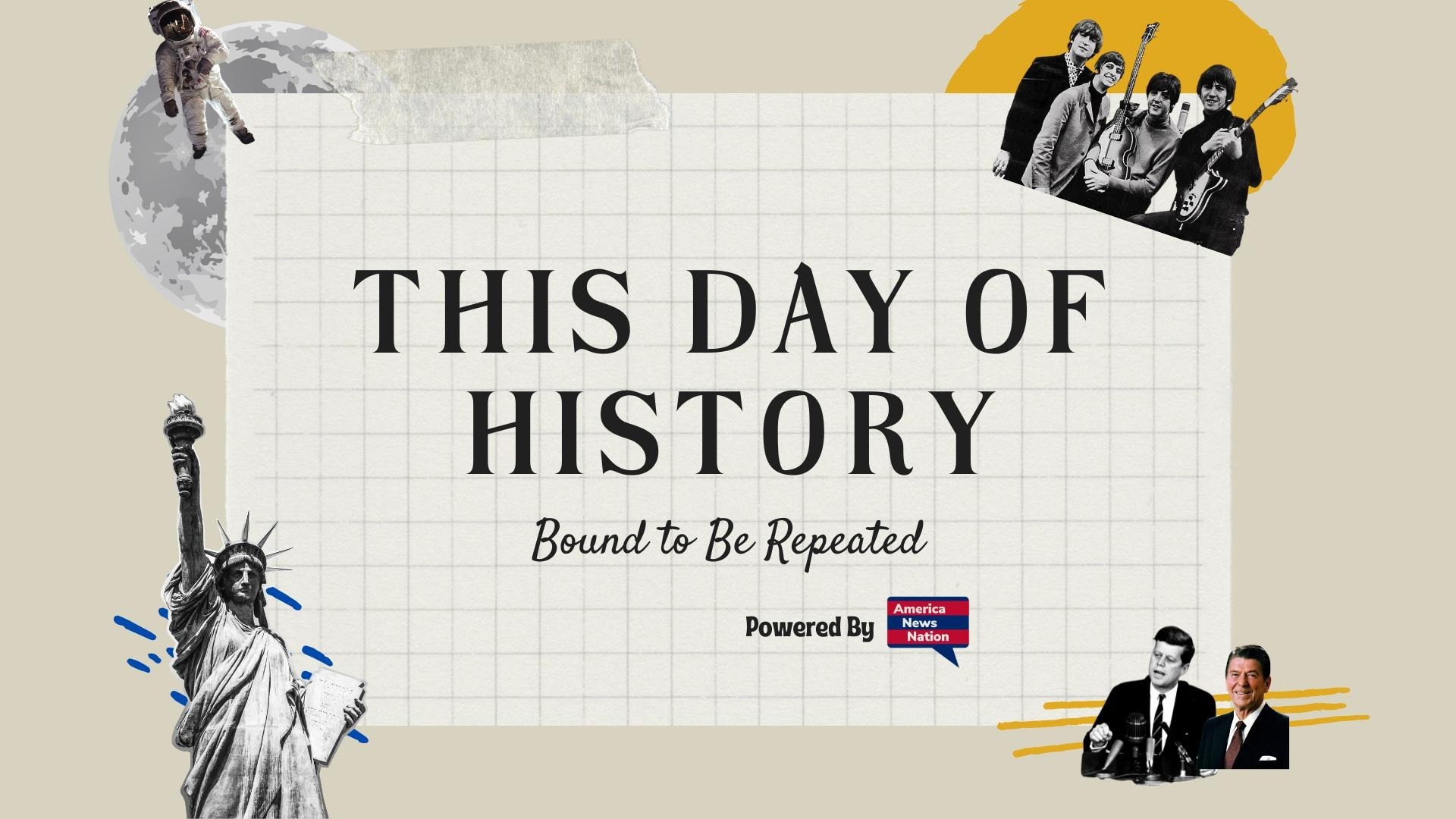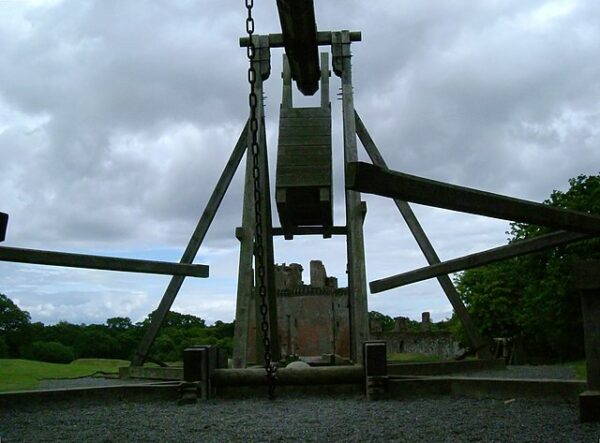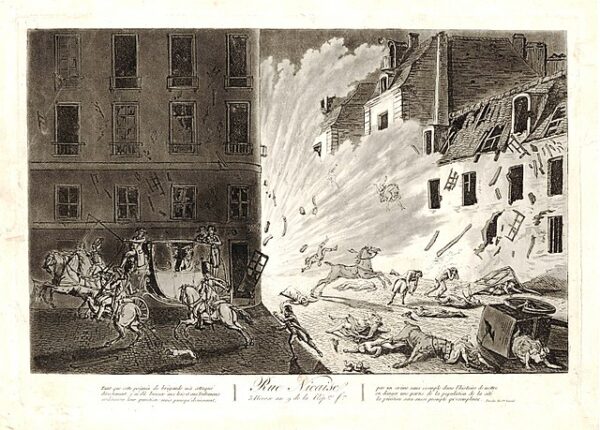On July 24, 1304, Stirling Castle—the last major Scottish stronghold resisting English occupation—surrendered to the forces of King Edward I after a prolonged siege. The fall of the fortress marked a significant moment in the Wars of Scottish Independence, not merely for its military consequences, but for what it revealed about the nature of Edward’s campaign: one driven as much by spectacle and domination as by strategy.
The backdrop was familiar to those who had followed the long and bitter conflict. Following the Scots’ stunning victory at Stirling Bridge in 1297, the English had returned with overwhelming force. Wallace’s defeat at Falkirk in 1298 and his subsequent resignation from leadership left the Scottish resistance fractured. By early 1304, most nobles had submitted to English rule. Only Stirling Castle remained as a visible challenge to Edward’s authority.
The king, well into his sixties and still commanding in person, saw in the castle an opportunity to impose finality on the war. His army laid siege to the rocky fortress in April. In addition to traditional siege tactics—mining operations, scaling towers, and smaller trebuchets—Edward ordered the construction of an enormous siege engine: the War Wolf. Built from timber hauled north and assembled over weeks, it was the most formidable trebuchet ever used in Western Europe.
Before the War Wolf was even operational, the Scottish garrison offered to surrender. Edward rejected their offer. Having invested considerable time and resources into the machine’s construction, he insisted it be used. The bombardment that followed was devastating. Stones weighing several hundred pounds pounded Stirling’s defenses, reducing its walls to rubble. The final surrender, on July 24, was unconditional.
Edward spared most of the defenders, though he imprisoned or executed key figures, including the garrison’s commander, Sir William Oliphant. With Stirling under English control, the political map of Scotland changed. The last organized resistance had been extinguished, and Edward began imposing English law and administration across the realm.
But while the siege brought temporary military success, it did not settle the deeper question of sovereignty. The symbolism of Stirling’s fall—the king’s refusal to accept surrender until his war engine had proven itself—spoke to an understanding of power rooted in dominance rather than reconciliation. Edward believed that force, properly applied, could secure a lasting peace.
In this he miscalculated. One Scottish noble who had outwardly submitted to Edward was Robert the Bruce. Within two years, Bruce would murder his political rival John Comyn and claim the Scottish crown for himself. A new phase of the war would begin—one that culminated not in submission but in the decisive Scottish victory at Bannockburn in 1314.
Edward’s War Wolf had demonstrated the height of military engineering and the depth of his resolve, but it had not resolved the underlying conflict. The king died in 1307 while preparing yet another campaign into Scotland. His dream of uniting Britain under English rule remained unfulfilled.






